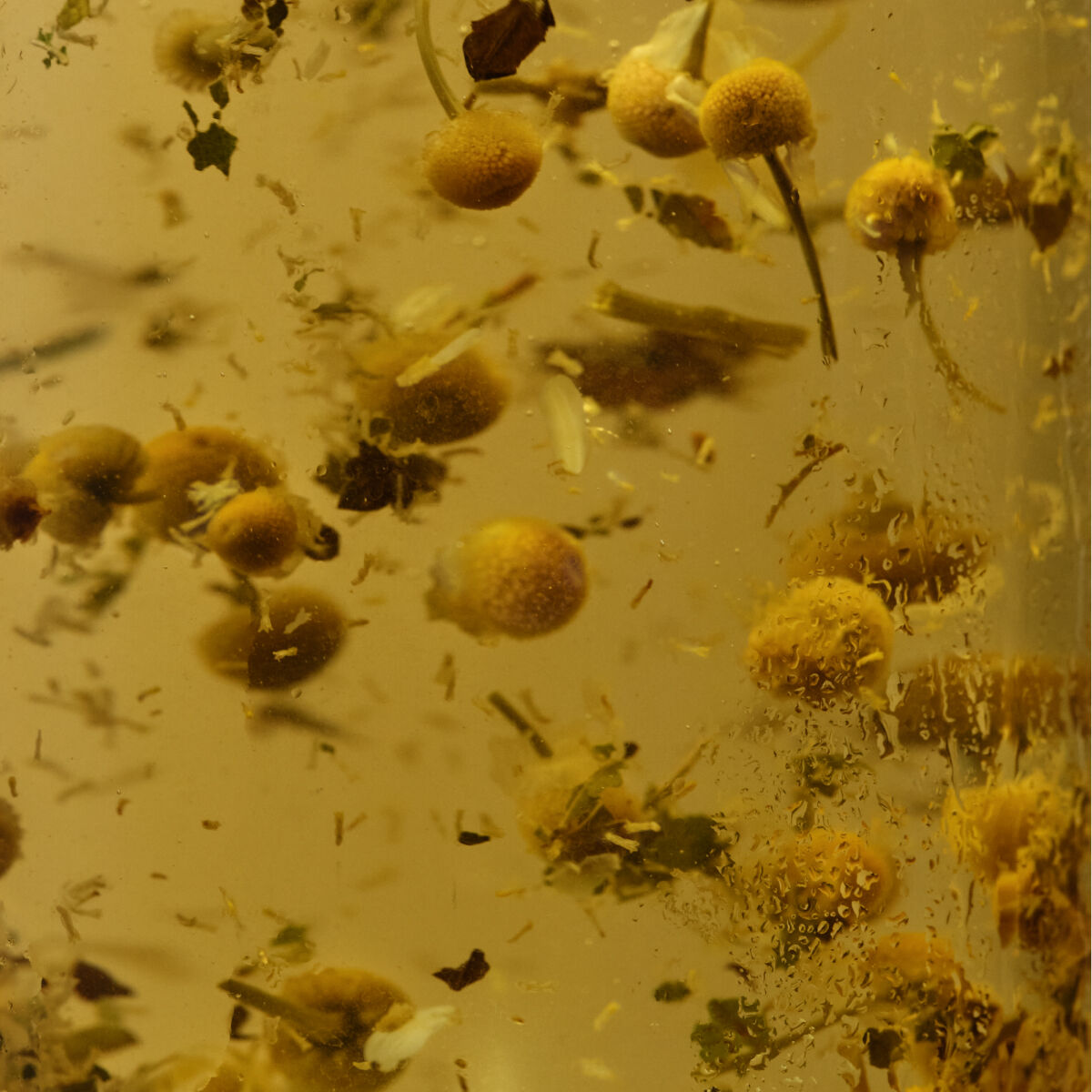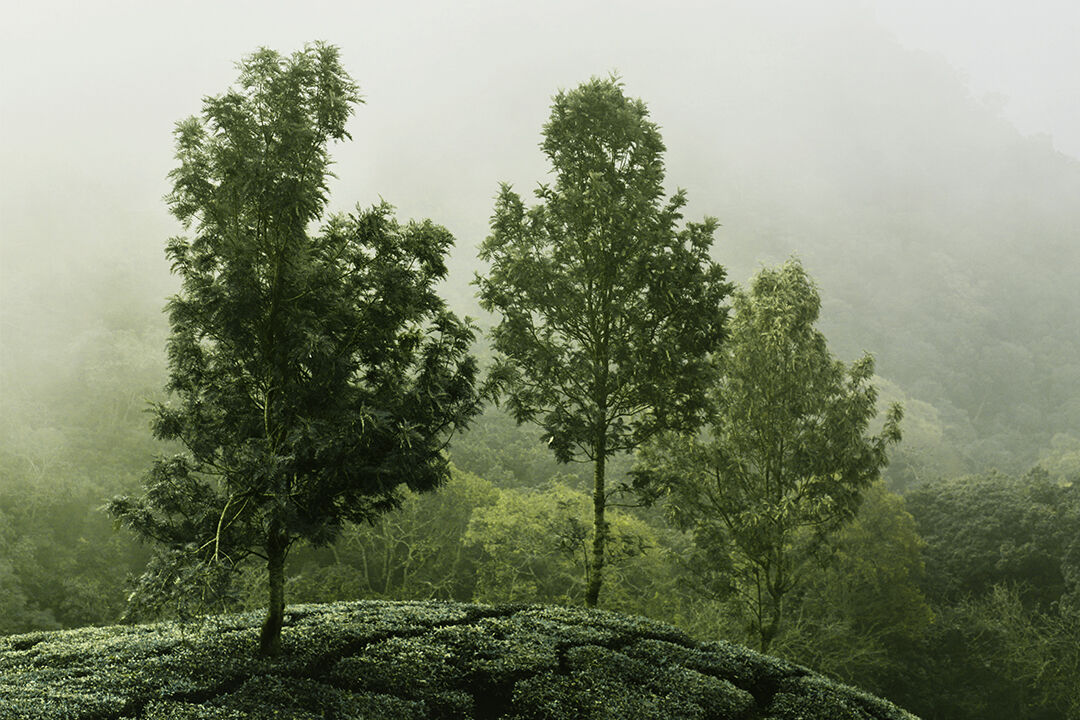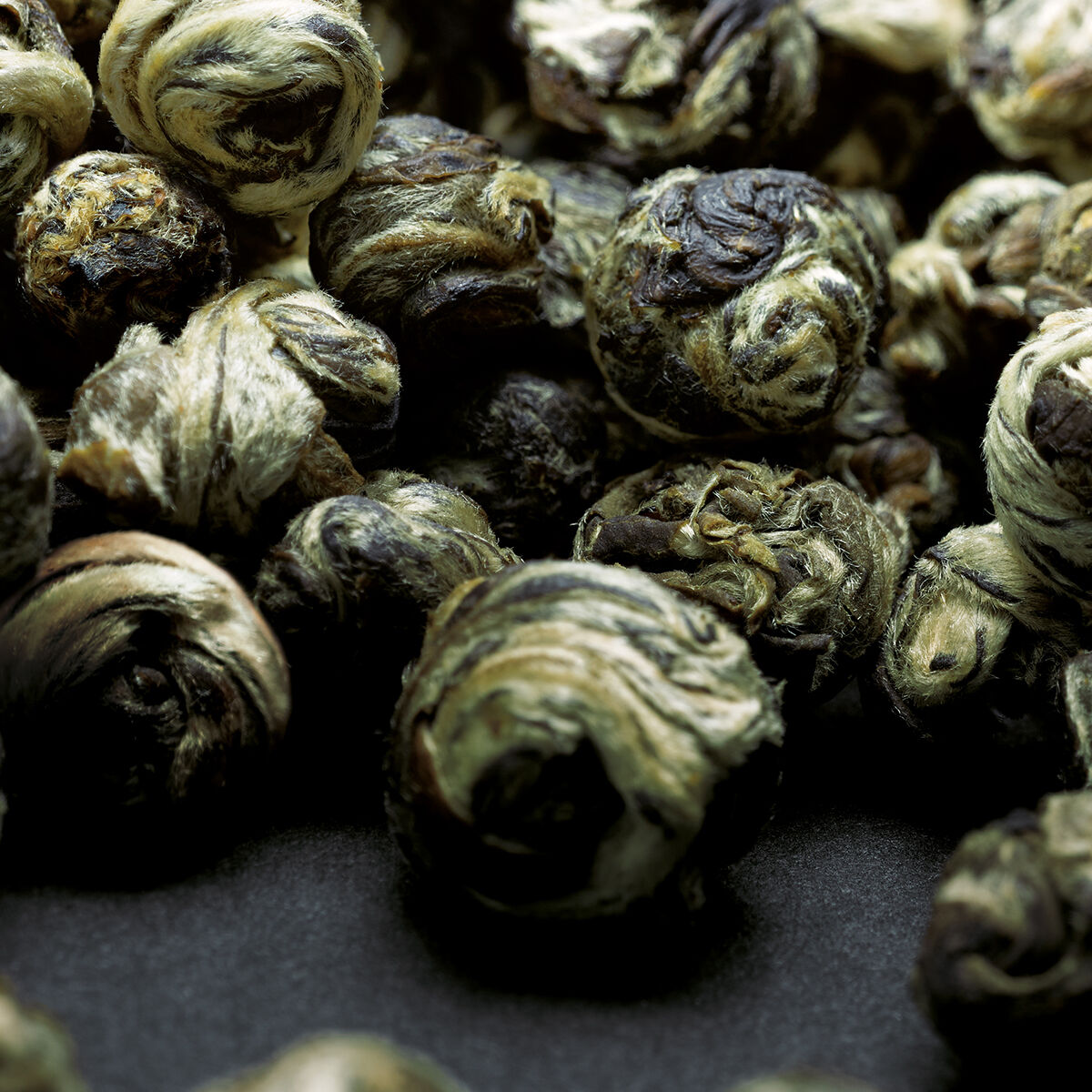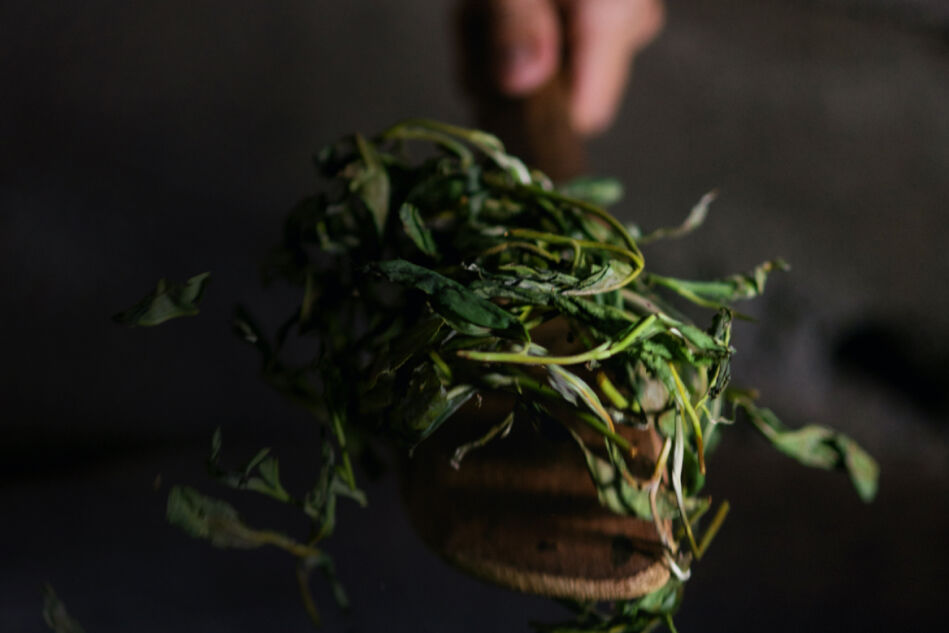5 facts about tea
...that will amaze even tea connoisseurs.

Tea comes from China. Only the birth of a royal baby is celebrated as consistently by the British as the five o'clock tea. Nowhere else in Germany are the people as keen on diversity in their tea as in East Frisia...Heard everything before and don't feel like hearing the same old facts about tea?
The following is real insider knowledge that surprises even connoisseurs - perfect for your next chat over a cup of tea.
Fact 1: An unbeatable duo.
They belong together: tea and water. In fact, this beverage popular worldwide is made over 99 per cent from the clear liquid. For unadulterated tea enjoyment, the water should be pure, soft and fresh. Fresh water contains a lot of oxygen, which in turn influences the flavour of the tea. To ensure that the precious essence is not lost when heated, tea water should only be boiled for a few seconds.
The quality of the water mostly depends on the region from which it comes: a filter can help create the perfect foundation for tasty tea. “Hard” (mineral-rich) water can also be the cause of dark, oil-like streaks that form on the surface of your tea or the edge of your cup. This happens when substances in the tea or the water react with the oxygen in the air.
However, with some varieties — such as the high-quality Assam tea — the shimmering film can indicate that its a first-class variety and is caused by essential oils. These oils are an indication of quality in particularly good tea.


Fact 2: The perfect climate produces exceptional tea.
The tea plant grows best in subtropical and tropical areas where frost is rare. At least four hours of sun every day and regular rain are needed to ensure that the plant thrives. For a particularly high-quality harvest, some tea farmers plant large “shadow trees” on their fields, which reduces the microclimate on the plantation. They protect the precious leaves from natural hazards such as hail and ensure that the soil maintains its ecological balance.
However, with some varieties - such as the high-quality Assam tea - the shimmering film can indicate that it’s a first-class variety and is caused by essential oils. These oils are an indication of quality in particularly good tea.
A well-known shade provider on many tea plantations is the Albizia tree, the leaves of which look like small green feathers.
Fact 3: Slurp it.
This fact goes against all rules of etiquette - and itis better not to practice this in polite company. It’s not just when tasting wine that slurping contributes to full enjoyment, this is also the case with tea. Tea tasting is not all that different from wine tasting. Slurping the tea pulls it into your mouth with pressure and enriches the warm liquid with oxygen. This ensures that the finest aromas of the tea get into your mouth, nose and throat and the smallest nuances can be tasted intensively. You can even train to become a professional tea slurper. So-called tea tasters use their trained palates to ensure that the quality of the tea leaves is just right when brewed. Just be careful you don't bum your tongue when slurping!


Fact 4: Over land and over sea.
Not only the history of tea itself, but also its language is equally fascinating. There are only two terms in all the world that mean “Tea” – and those are “te” and “cha”, with its language variation changing depending on the country. Both words have the origin in distant China. The word “cha” – or “chay” – was mainly carried out into the world over land, spreading to Central Asia and Persia via the Silk Road. “Te” originated from a Chinese dialect spoken in the coastal province of Fujian.
This term travelled by sea, with Dutch tea traders carrying it across the oceans to Europe, where these days variations of “te” is most used. That's why in England we usualy tak abou "tea”, not “chai”.
Fact 5: The taste comes from what's (not) inside.
Jasmine tea is popular for its lovely sensual fragrance and an unmistakable floral taste - without containing a single jasmine flower in its blend. Then why does the flavour come across so strongly? This is due to a special manufacturing process. The tea farmers pick fresh jasmine flowers and gently mix them with the dried tea.
The flowers imbue the tea with their delicate fragrance for several hours, after which they are separated from the tea leaves again. The tea farmers repeat the entire process over several days until the tea has a sufficiently floral taste. The end result is an incomparable creation, such as PEARLS OF JASMINE by Avoury. Here you can find out where Avoury's tea sommeliers collected ideas for their most varieties.
More articles
More articles

Not less, but better.
Sharpening one's own awareness. Recognizing what one really needs. Giving things new appreciation. That's what minimalism is about. Following the motto 'less is more', more and more people are embracing the desire for clarity and order – even in the design of their homes.

Should we always follow our nose?
23,000 times – that´s how many breaths we take on average per day. And that means a multitude off different scents float in through our nose evoking a wide variety of reactions in us. In this article we´ll explain the psychological reasons behind this and why we should let our noses discover new things more often.
